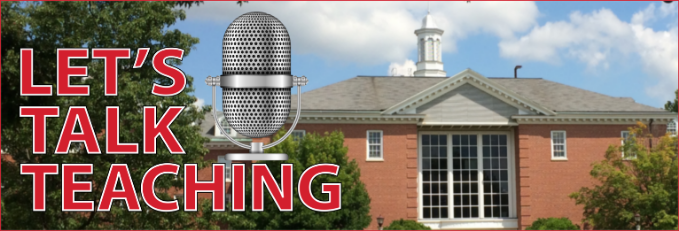Ep. 031: Diverse Learners
We present our seventh in-depth look at the 7 Principles for Good Practice in Undergraduate Education with a discussion about meeting the needs of diverse learners. Claire and Jim (and Jim’s obnoxious summer cold) begin with the problem of categorizing students as “visual” or “auditory” learners-- tired old concepts with little utility. They explore alternatives, and look for ways to make at least some aspect of assignments multi-modal, to allow students to play to their strengths. Claire also explains the virtue of pushing students past their comfort zones.
Listen to this episode
Show Notes
Here is some of the research and other resources discussed in this episode:
Chickering, A. W., & Gamson, Z. F. (1987). Seven principles for good practice in undergraduate education. AAHE Bulletin, 9(2), 3–7.
Dunn, P. A. (1995). Learning re-abled: The learning disability controversy and composition studies. Boynton/Cook Publishers.
- Read more about the closer examination and reassessment of long-held beliefs concerning learning styles.
This TEDx presentation from 2015 by Dr. Tesia Marshik looks at the benefits of challenging students' learning styles:
A captioned version of this episode is available through this YouTube playlist.
Download a transcript of this episode in Adobe PDF format.
